My preliminary study of the weather-related aircraft accidents and incidents indicate, still, a general lack of awareness of wind shear and it's ramifications by all pilots, particularly by GA pilots, and pertaining to low altitude and surface operations in and around airports. By the nature of their operations, airline pilots are better informed and also supported by their Company training and cockpit detection equipment.
NASA, FAA, and NTSB have spent considerable effort in identifying, defining, and investigating microbursts and wind shear since 1985. To date the awareness of wind shear and the detection by pilots is still only general and is complicated by the required use of several weather systems to detect (which must be secured by the pilot separately) and which must be dispersed to the pilot through the Controller.
As pointed out in Wind Shear I, over the years the airlines have experienced the major catastrofic accidents in connection with wind shear. NTSB, following their investigations have faulted, mainly, the crews for initiating and continuing flight into the related microburst and rainshaft emanating from the thunderstorms. The contributing causes, however, (as they often do) appear to be the root of the problem - the lack of specific guidelines, procedures, and training for avoiding the end result, that of wind shear.
We also know that there have been occurrences of wind shear experienced by GA pilots on VFR and IFR flights. Fortuneately, most were handled successfully. Considering the current volume of flying, and expected increase in the future, it is my opinion (in the interest of safety) that the need exists for a simplified system of wind shear detection and avoidance in the cockpit. Such a system must be capable of relieving the pilot and the controller of excess duties.
For the time being, and until Avionics manufacturers, FAA, and others settle on an affordable cockpit wind shear detection instrument, for both airline and GA operations, the best advice appears to be: 1. Do not fly into and through thunderstorms, if at all possible; particularly through the thunderstorm rainshaft, and during low altitude operations such as approach, landing, and takeoff. 2. Check the en route and destination weather thoroghlybefore flight using the IWAS, LLWAS, TDWR, WSP systems for wind shear. 3. When in doubt, talk to the appropriate controller regarding hazardous weather ahead in flight. 4. Then adjust your flight plans accordingly - don't wait! Thanks for listening. R.S.
Tuesday, October 2, 2007
Wind Shear - Part II
Subscribe to:
Post Comments (Atom)

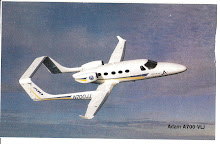




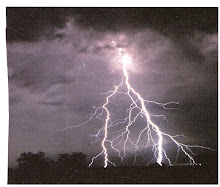

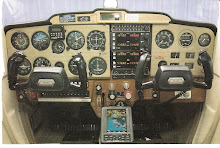
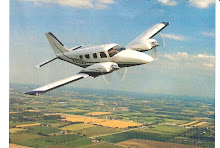
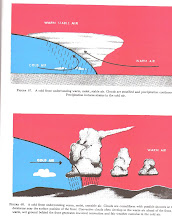
No comments:
Post a Comment